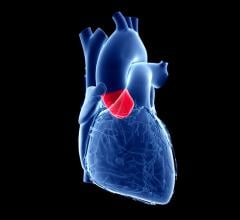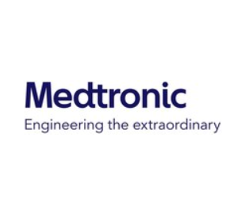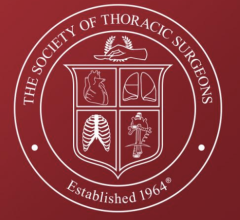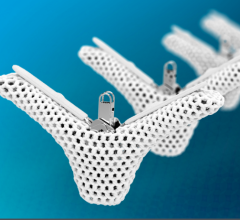
The dividing line between the jobs performed by cardiac surgeons and interventionalists will become increasing blurred in the near future as transcatheter heart valves and PFO occluders replace open-heart surgery. These nonsurgical structural heart treatment techniques were among some of the most exciting trends at TCT 2008, which was highlighted by nearly 40 sessions on these subjects.
Percutaneous valve replacement has several advantages over traditional open-heart surgery in that it’s cheaper, has fewer complications and causes less trauma to the patient. There are more than 30 companies developing first-generation percutaneous heart valves.
Edwards Lifesciences’ SAPIEN Heart Valve received CE Mark in September 2007 and is currently in U.S. trials. It could possibly become the first FDA-cleared transcatheter replacement valve. Pennsylvania Presbyterian Medical Center in Philadelphia, is participating in the PARTNER (Placement of AoRTic traNscathetER valves) trial to evaluate the SAPIEN valve in patients who are considered high risk for conventional open-heart valve surgery. Wilson Szeto, M.D., a cardiothoracic surgeon at Penn Presbyterian and co-principal investigator in the study, said 1,040 patients are being enrolled in PARTNER, and the study has numerous arms. He said the trial will complete enrollment in 2009.
He said the valve replacement procedure requires expertise from both cardiac surgeons and interventionalists, and the work is carried out in the hospital’s hybrid cath lab/OR.
“It is a collaborative effort between cardiac surgeons and interventional cardiologists,” Dr. Szeto said. “The technology is so new we try to have both sides of cardiology in the hybrid lab. No one in the field has all the expertise to do these procedures.”
He said these types of structural heart procedures will force greater cooperation between surgeons and interventionalists in the coming years. He also predicts this need for greater cooperation during procedures will give rise to more hybrid cath lab/ORs. “The whole technology is going to explode over the next 10 years and that is why these hybrid ORs are so important,” he said.
In December, Edwards said it enrolled the first patient in the clinical study of its second-generation SAPIEN XT valve in Europe, which offers a smaller delivery profile and new valve design.
Edwards expects sales of its transcatheter valves to rise from $75 to $95 million in 2009. Other companies are also hoping cash in.
CoreValve Inc. received CE Mark for its CoreValve Percutaneous ReValving System in May 2007. The device consists of a porcine pericardial tissue valve mounted in a self-expanding multilevel frame, which is permanently implanted over the diseased aortic heart valve by an 18-French-sized catheter. CoreValve has established a mandatory expanded clinical evaluation patient registry to gather additional clinical data for submission to the FDA in support of clinical trials. As of last fall more than 1,800 patients have been treated worldwide, the company said.
Edwards and CoreValve have been embroiled in patent litigation in the U.S., U.K. and Germany, with each accusing the other of infringing on their transcatheter valve designs.
In February Medtronic said was purchasing CoreValve to expand its transcather valve technology.
Medtronic’s Melody pulmonary valve was reportedly the first commercially available transcatheter valve, having received CE Mark in 2006. Data on its U.S. clinical trial was released at AHA 2008. The 66 patients enrolled at centers in Boston, Seattle, New York, Columbus and Miami had a procedural success rate of 98 percent. At six-months follow up, maintenance of excellent valve competence was demonstrated, as was a clinically significant reduction of more than 18 percent in right ventricular volume. Valve competence was assessed by median pulmonary regurgitation fraction, which was down to zero percent from a baseline of 30 percent, researchers said.
To keep up with the latest news on transcatheter valves Diagnostic and Invasive Cardiology (DAIC) created a new structural heart portal at www.dicardiology.com/channel/structural-heart.

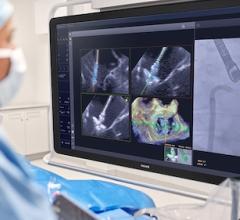
 November 17, 2025
November 17, 2025 
